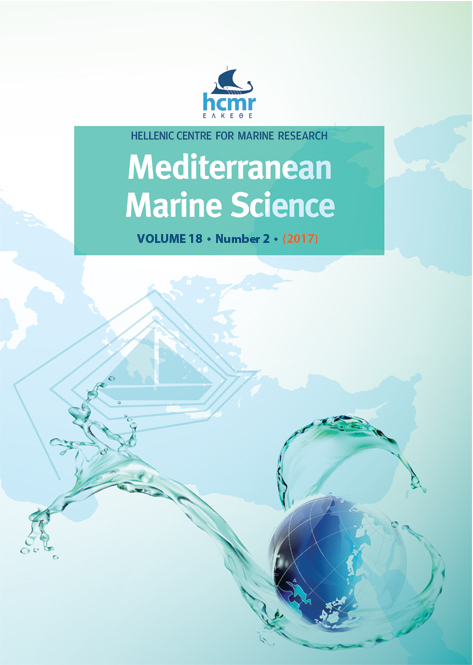Rapid establishment of the non-indigenous ascidian Styela plicata and its associated bacteria in marinas and fishing harbors along the Mediterranean coast of Israel

Аннотация
Styela plicata (Lesueur, 1823) (Tunicata; Stolidobranchia; Styelidae) is a solitary ascidian with a global distribution. Until recently it had not been observed along the Mediterranean coast of Israel, but is now to be found in many harbors attached to suspended ropes and other artificial structures. In order to monitor the populations of S. plicata, we surveyed eight harbors along the Israeli Mediterranean coast. Our results show that the condition and maintenance of each harbor significantly affected the presence of S. plicata. We also characterized the microbial communities in the tunic of three individuals using 16S rRNA gene tag pyrosequencing and compared them to those in the surrounding seawater, in order to determine whether the symbiotic bacteria may contribute to the successful establishment of this ascidian species. We found 15 bacterial phyla in total, of which 14 were present in the animal hosts: 6 were present in all of the individuals and 4 in two of the individuals. Three of the 15 phyla observed were absent in the surrounding seawater. The high variability among the three hosts suggests a mechanism of horizontal transmission and may play a role in the process of invading new and less tolerant niches.
Article Details
- Как цитировать
-
NOVAK, L., LÓPEZ-LEGENTIL, S., SIERADZKI, E., & SHENKAR, N. (2017). Rapid establishment of the non-indigenous ascidian Styela plicata and its associated bacteria in marinas and fishing harbors along the Mediterranean coast of Israel. Mediterranean Marine Science, 18(2), 324–331. https://doi.org/10.12681/mms.2135
- Выпуск
- Том 18 № 2 (2017)
- Раздел
- Short Communication
Authors who publish with this journal agree to the following terms:
- Authors retain copyright and grant the journal right of first publication with the work simultaneously licensed under a Creative Commons Attribution Non-Commercial License that allows others to share the work with an acknowledgement of the work's authorship and initial publication in this journal.
- Authors are able to enter into separate, additional contractual arrangements for the non-exclusive distribution of the journal's published version of the work (e.g. post it to an institutional repository or publish it in a book), with an acknowledgement of its initial publication in this journal.
- Authors are permitted and encouraged to post their work online (preferably in institutional repositories or on their website) prior to and during the submission process, as it can lead to productive exchanges, as well as earlier and greater citation of published work (See The Effect of Open Access).





